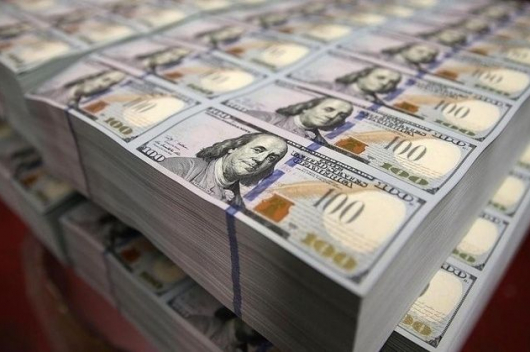The Mongolian tugrik has since late January been steadily losing value against the dollar, while inflation has been mounting. There are several reasons for this, including increases in the prices of Russian gas, energy and wheat due to effects of the war in Ukraine.
Furthermore, Mongolia’s dollar income is down, as a result of a decline in exports caused by China’s “zero-Covid” policy and consequent border closures. These have also interfered with imports from China, driving up the prices of most finished goods and value-added products in Mongolia, affecting everything from toothpaste to cleaning supplies. Additionally, the lack of foreign tourists and the decrease in exports over the past two years has caused fewer dollars to be available.
The current shortage of dollars in Mongolia results from both decreased supply and increased demand. As citizens see their MNT accounts decreasing in value, they wish to convert their cash to dollars. Although the tugrik price of dollars has been increasing steadily, demand continues to grow. In March and April, commercial banks and the Naiman Sharga currency exchange market imposed limits on the volume of exchanges. The BOM assured the public that there would be no problem transferring larger amounts of money in an emergency, such as for medical expenses or paying tuition to foreign universities. The central bank also stated that they did not impose restrictions on currency conversions, but that these were imposed by the commercial banks. In March, the banks’s daily conversion limit was MNT 50mn (around $16,550). By mid-April, however, the limit had been reduced to MNT 300,000 (around $99.30).
Apart from dollars, other foreign currencies are also in short supply. Many mining companies and international companies need a certain amount of Australian dollars, Canadian dollars or British pounds sterling to pay suppliers back home or repatriate profits.
(Source: https://www.bne.eu/)
 3,575.44
3,575.44












Related News